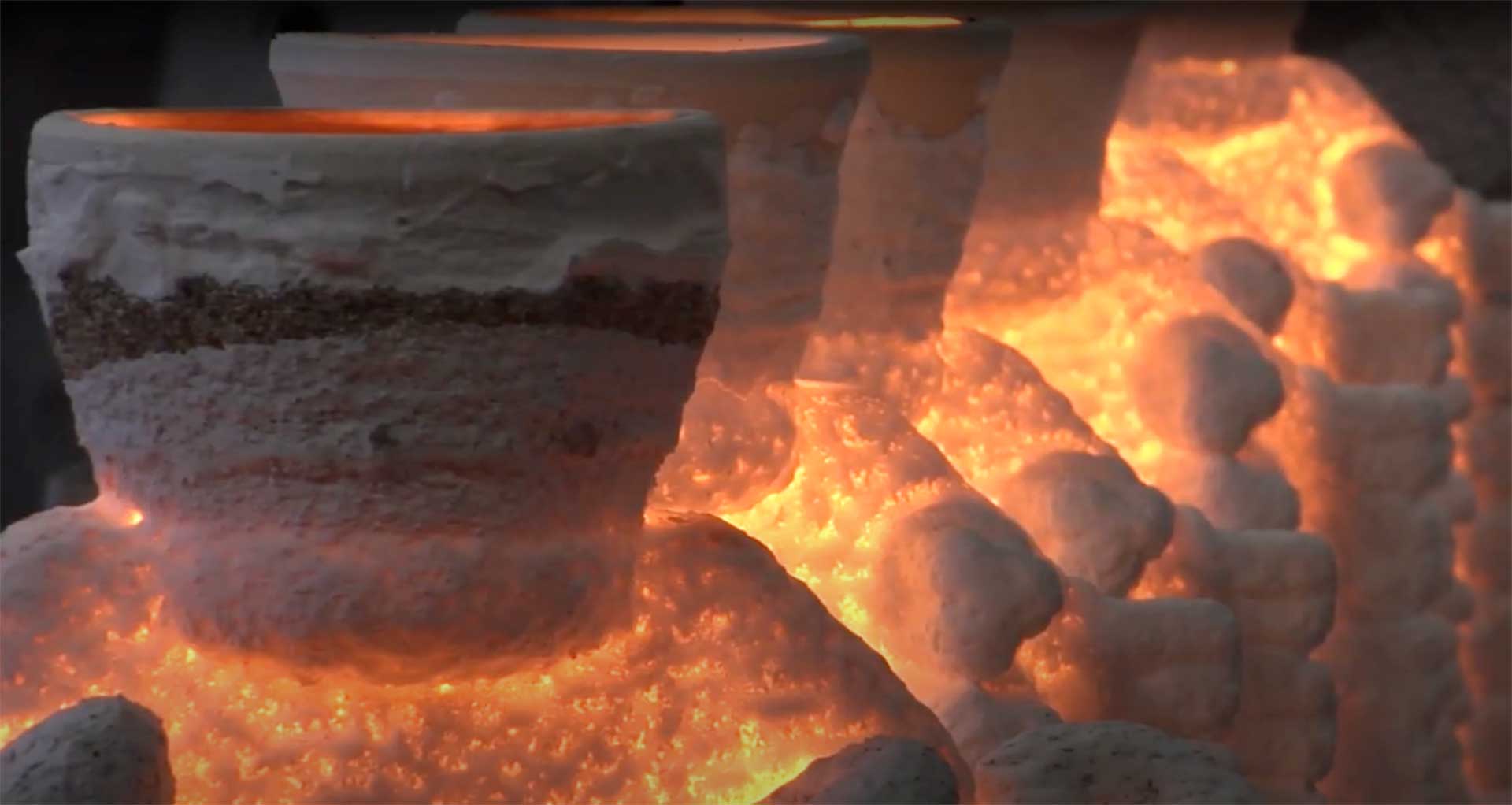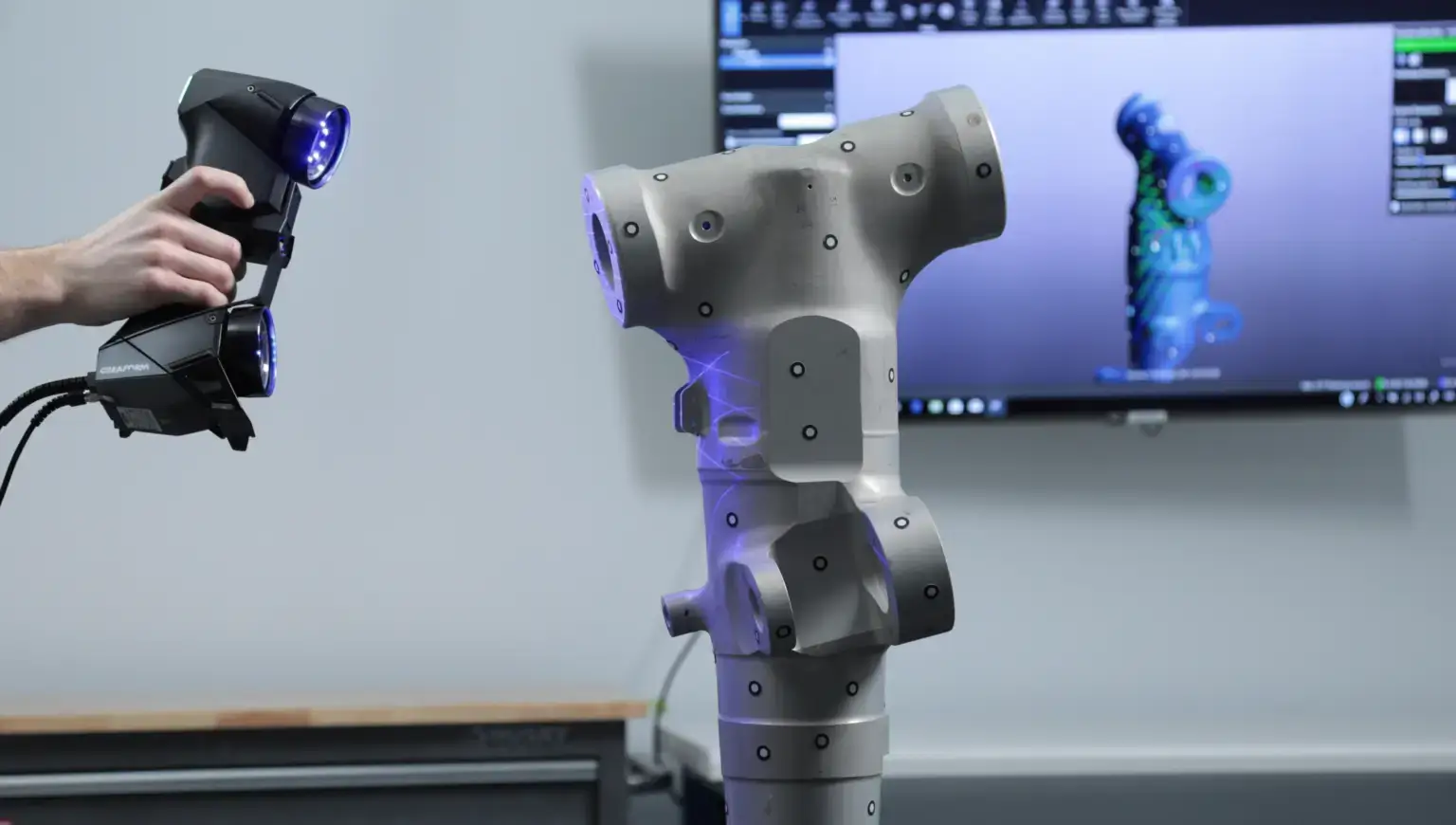In the intricate dance of manufacturing, the creation of metal parts plays a pivotal role. The choice of casting method can greatly influence the efficiency, cost, and success of production. Among the various techniques at the disposal of engineers and manufacturers, investment casting and sand casting stand out for their unique advantages and applications. But what exactly sets them apart? This article delves into the depths of investment casting vs sand casting, comparing and contrasting these two foundational methods to help you make an informed decision for your manufacturing needs.
Understanding Casting
Casting is a formative manufacturing process used for thousands of years. It involves pouring molten metal into a mold, where it solidifies into a specific shape. This method has been refined over the ages, yet its core principle remains the same: to create complex and functional metal parts for many applications.
Refractory Molds in Casting
Both investment and sand casting require refractory molds made from materials that withstand extreme temperatures over 3000 degrees F. These molds consist of high melting point oxides like silicon, aluminum, magnesium, calcium, and zirconium, essential for their durability and resistance to deformation at high temperatures.
What is Sand Casting?
Sand casting, one of the oldest forms, uses a mold made by packing sand around a pattern of the part to be cast. The process includes:
- Adding sand with a binder to a molding box to accommodate the pattern.
- Creating mold halves (cope and drag) and adding cores for internal cavities.
- Pouring molten metal into the mold and allowing it to solidify.
- Finishing the casting to precise specifications.
Sand casting’s simplicity and versatility are ideal for various part sizes and geometries. Its advantages include casting large components and cost-effectiveness for small production runs.
What is Investment Casting?
Investment casting, or the lost wax process, is tailored for highly detailed and precise castings. Its steps are:
- Creating a wax pattern that mirrors the final part.
- Attaching this pattern to a gating system.
- Dipping the assembly into a ceramic slurry, then sand to form a shell.
- Melting out the wax leaves a cavity.
- Pouring molten metal into the shell.
- Finishing the casting to strict specifications.
Investment casting is preferred for complex designs requiring tight tolerances and smooth finishes. It accommodates a range of metals and alloys and is ideal for small to medium-sized parts.
Investment Casting vs Sand Casting: The Key Differences
 The primary distinction lies in the intricacy and finish of the final product. Investment casting achieves complex shapes with excellent surface finishes and high dimensional accuracy. Sand casting is favoured for its simplicity and ability to produce larger, heavier parts economically.
The primary distinction lies in the intricacy and finish of the final product. Investment casting achieves complex shapes with excellent surface finishes and high dimensional accuracy. Sand casting is favoured for its simplicity and ability to produce larger, heavier parts economically.
Advantages and Disadvantages
Advantages of Sand Casting
- Suitable for mass production at cost-effective rates.
- Capable of casting large parts.
- Shorter lead times in production.
Disadvantages of Sand Casting
- Need help to hold tight tolerances.
- Requires secondary machining for dimensional accuracy.
- Rough surface textures require additional finishing.
Advantages of Investment Casting
- Produces complex geometries with intricate details.
- Achieves thin walls and tight tolerances.
- Provides an excellent surface finish.
- Versatile across various metals.
- Facilitates design changes with modifiable wax patterns.
Disadvantages of Investment Casting
- Generally more expensive with longer lead times.
- Suitable mainly for smaller parts (up to 200 lbs).
Which Casting Method Should You Choose?
The decision between investment casting and sand casting hinges on various factors, such as the complexity of the design, the required material properties, production volume, and budget constraints. Investment casting is the preferred method for components requiring high dimensional tolerance and an excellent surface finish. In contrast, sand casting is ideal for larger, less complex parts where lower dimensional tolerance is permissible. For businesses focused on creating finely detailed parts, such as those often required by machine shops and machine builders, investment casting provides the precision necessary to meet exacting standards. Learn more about how this applies to different markets.
Forging the Future: The Role of Technology in Casting
Technological advancements have continuously reshaped and improved traditional processes in the manufacturing world. This is particularly true in investment casting and sand casting, where modern technology, especially 3D printing, has significantly enhanced efficiency, precision, and design flexibility.
3D Printing in Sand Casting
 Sand casting, known for its simplicity and versatility, has seen remarkable improvements with the integration of 3D printing technology. Here’s how:
Sand casting, known for its simplicity and versatility, has seen remarkable improvements with the integration of 3D printing technology. Here’s how:
- Rapid Pattern Creation: Traditional sand casting requires wooden or metal patterns, which can be time-consuming and costly, especially for complex shapes. 3D printing allows for rapid creation of patterns, significantly reducing the lead time and cost.
- Complex Geometries: With 3D printing, it’s now possible to create patterns with geometries and details previously difficult or impossible to achieve with traditional methods. This opens up new possibilities for intricate designs in sand casting.
- Prototype Development: 3D-printed patterns offer a fast and cost-effective solution for prototypes or short production runs, allowing quick design iterations and testing without expensive tooling.
Advancements in Investment Casting
Investment casting, renowned for its ability to produce detailed and precise components, also benefits greatly from technological advancements:
- Improved Wax Patterns: Technology has enabled more intricate and accurate wax patterns, essential for investment casting. This leads to higher precision in the final cast parts.
- Rapid Prototyping: Using 3D-printed patterns in investment casting enables rapid prototyping. This allows manufacturers to produce and test small batches of complex parts quickly, accelerating the design process and time to market.
- Enhanced Mold Creation: Modern technology’s precision facilitates mold creation with tighter tolerances and smoother surface finishes, crucial in investment casting for achieving the desired quality and detail in the final product.
Impact on Customization and Flexibility
Integrating technology in both casting methods has significantly increased the scope for customization. Manufacturers can quickly adapt to changing designs and requirements, offering greater flexibility in prototype development and production runs. This adaptability is particularly beneficial in industries where customization is key, such as aerospace, automotive, and medical devices.
Environmental and Economic Benefits
Technological advancements also contribute to environmental and economic sustainability. The ability to precisely create patterns and molds reduces material waste. In sand casting, using 3D printing for patterns can lead to more efficient use of materials. In contrast, in investment casting, advancements in mold creation contribute to reduced energy consumption and waste. Read about the role of 3D technologies in investment casting.
Deciding Between Investment and Sand Casting
Investment casting suits precision and versatility needs, while sand casting is simpler and serves larger parts. Understanding these differences helps manufacturers decide on the best process for their specific applications. For further insights into the investment casting process and its capabilities, especially regarding tooling, patterns, and cores, check out our guide. Are you considering investment casting or sand casting for your next project? Contact the experts at Niagara Investment Castings or request a quote. With a track record of excellence in both casting processes, we can guide you to the optimal solution for your manufacturing needs.
